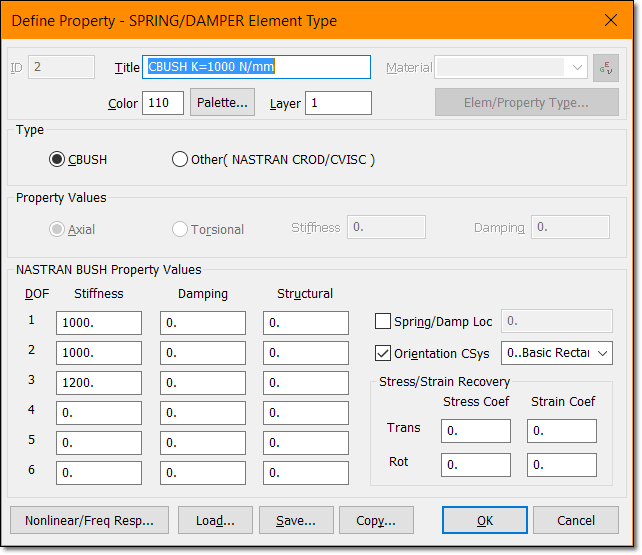Hello all, I am new here and started working with Femap since 2 months. I am currently analyzing a pressure vessel which is connected to the flange through a nozzle. Since it is a standard flange I dont model flange but apply only the load (imposed by the weight of flange - nozzle loads in asme) on the surface that connects the nozzle and flange using rigid element (spider nodes). But we find the maximum allowable stress is just over a limit on this surface (by stress linearization) and we think it might be due to the rigid element. If flange is modeled it might control this effect to a certain level? And hence I want to add some flexibility to these spider nodes to have freedom of movement in only certain direction. Is it possible to do that? Or should I model the Flange itself?
Thanks in advance for your help and time.
Thanks in advance for your help and time.

